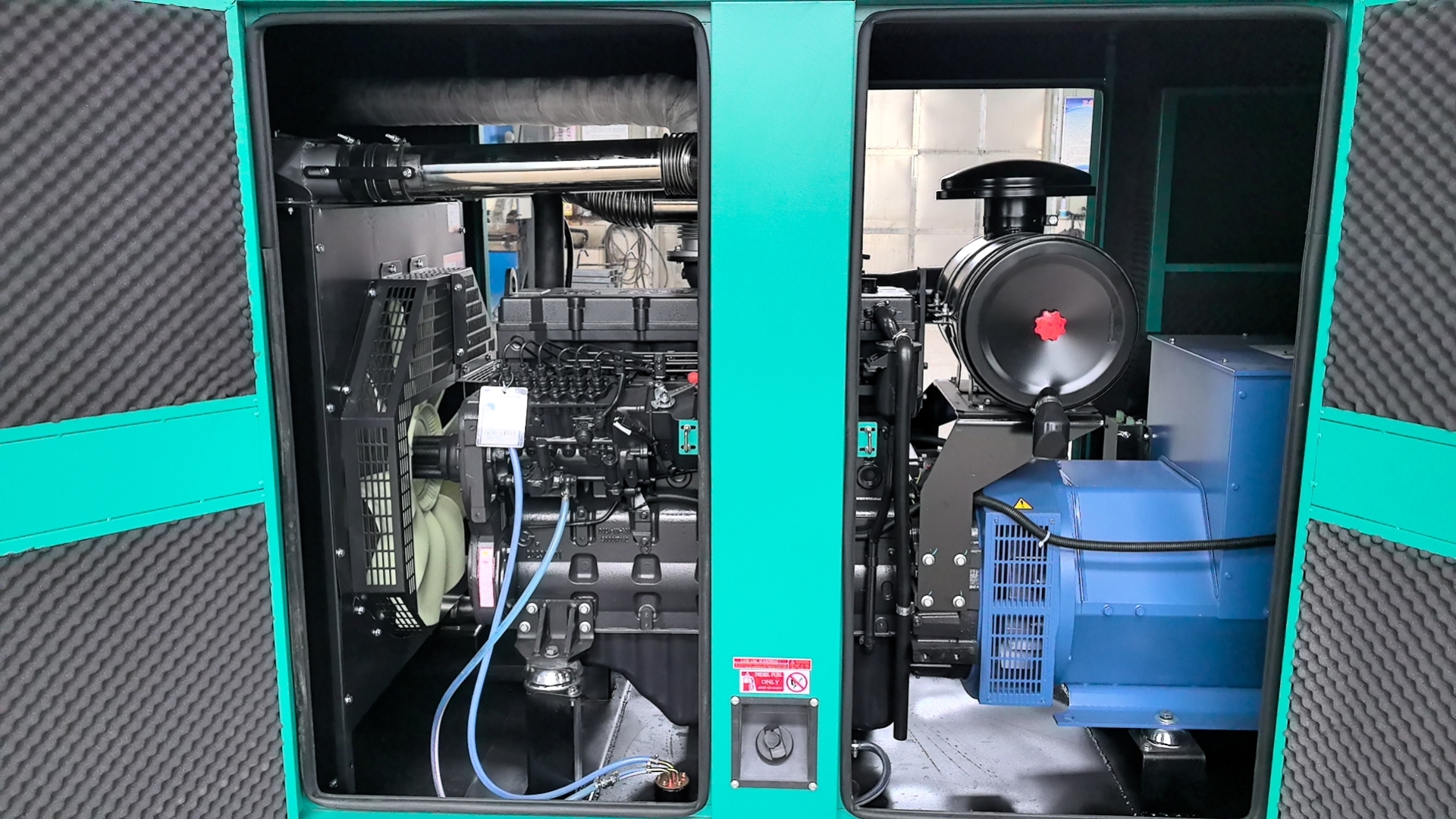
A diesel generator is a generator that uses a diesel engine to convert diesel fuel into mechanical energy, and then uses an alternator to convert the mechanical energy into electrical energy. The main components of a diesel generator include:
1. Diesel engine: The diesel engine is the main component of the generator. It burns diesel fuel and produces mechanical energy through combustion. It consists of various parts such as cylinders, pistons, crankshafts, camshafts, and fuel injection systems. Engine size and power output are key factors in determining the overall generator capacity.
2. Fuel system: The fuel system provides diesel combustion to the engine. It usually includes a fuel tank, fuel pump, fuel filter and fuel injectors. The fuel system ensures the correct fuel-to-air ratio for efficient combustion.
3. Alternator: The alternator is responsible for generating electrical energy. It converts the mechanical energy generated by the diesel engine into alternating current (AC). An alternator consists of a rotating rotor and a fixed stator, along with a voltage regulator that regulates the output voltage.
4. Control Panel: The control panel contains various controls and instruments used to manage and monitor the operation of the generator. It includes components such as circuit breakers, voltage regulators, instruments for monitoring parameters such as voltage, frequency and current, and switches for starting, stopping and controlling generators.
5. Cooling system: The cooling system prevents the diesel engine from overheating during operation. It usually consists of a radiator, cooling fan, water pump (in a water-cooled system), and associated hoses and connections. The cooling system maintains optimal operating temperature and prevents damage due to overheating.
6. Exhaust system: The exhaust system controls the release of combustion gases produced by the engine. It includes the exhaust manifold, muffler and exhaust pipe. Proper ventilation and emission control are important aspects of exhaust systems.
7. Battery and starter motor: The battery provides the electrical energy needed to start the engine. When the generator is initially started, the starter motor comes to work, providing the necessary mechanical power to turn the engine.
8. Voltage regulator and automatic transfer switch (ATS): The voltage regulator ensures that the generator outputs a stable and consistent voltage and maintains power quality. The ATS is responsible for automatically transferring power from the main grid to the generators and vice versa during a power outage.
9. Underframe and fuel tank: The underframe provides structural foundation support. The fuel tank stores the fuel used by the generator and usually has enough capacity to run the generator for an average of 6-8 hours.
These major components work together to generate, control and distribute electricity through the diesel generator. Each component plays a vital role in ensuring reliable, efficient operation of your generator.
